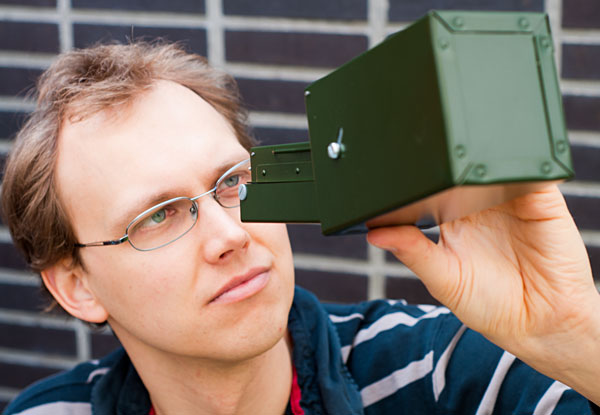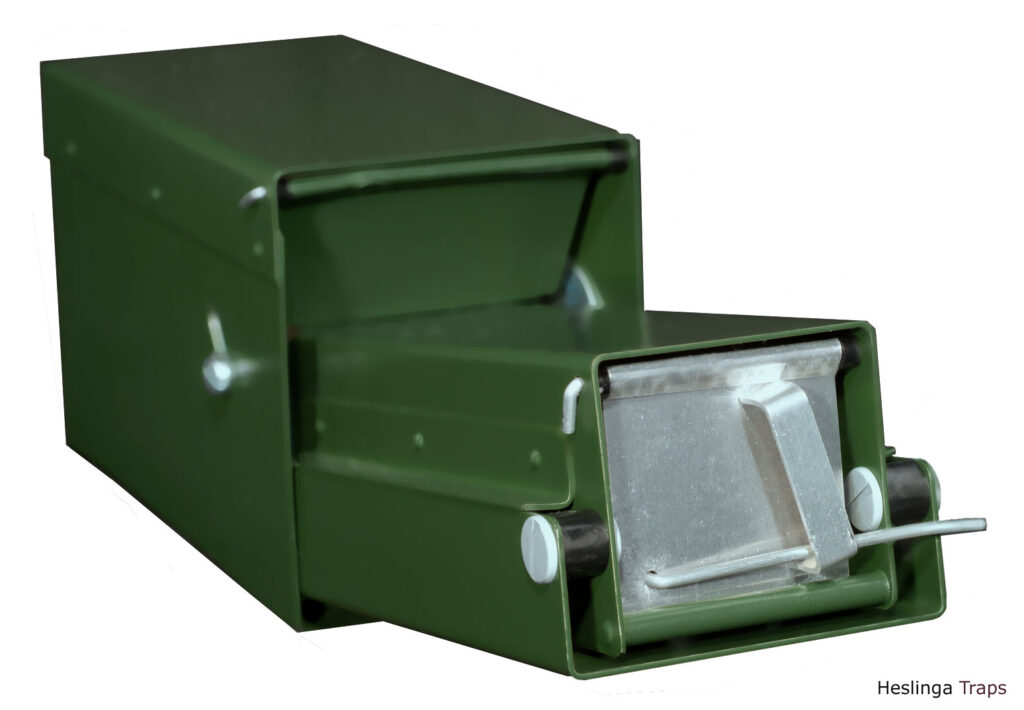About me, Tom Heslinga
Nature and technology fascinated me since I was young. I wanted to know everything, about all the different animals. I endlessly borrowed books about animals from the library, and I wanted to watch all the nature documentaries on television. In the garden I caught hoverflies and butterflies. When we went swimming in a lake, I caught small fish with a net.

At home we had white mice as pets, which sometimes escaped. To catch them again, my sister and I built traps from Lego. Just put them behind the trash can, and the mouse was caught again in no time! Later I made all kinds of traps from wire mesh and wood. I wanted to be an inventor, and mousetraps are a favorite subject for inventors. From the age of seven I went to the craft school where I could craft to my heart’s content. I went there every week for six years.
On my nineteenth, I was introduced to the NJN, the Dutch youth organization for nature, and I discovered there were so many more people interested in nature. At the NJN, people also caught mice with live traps. I was amazed by how many traps they had.
What struck me even more, was the enormous costs of these traps. This while the budgets for an organization like the NJN are limited. I could hardly believe that a good live-trap was not available cheaper. After endless searching I came to the conclusion that there was really nothing on the market that was affordable and good. The traps used were at the NJN had delicate parts, and holes were sometimes chewed in the aluminum by the mice. With advice from people of NJN and John Regelink, one of my first customers, I developed a new live-trap, and in 2004 my company ‘Heslinga Traps’ was established.
At that time I studied mechanical engineering. The school workshop provided an excellent place to make my own tools for producing live traps. My teacher in business administration gave me advice on starting a business. When I founded the company, many people doubted whether a small company in the business of making mousetraps could have success, but the demand for my live traps soon proved far greater than I ever expected. This allowed ever bigger production series.
After graduating in engineering, working full time for my company was a logical choice. At this moment, one production series consists of a few thousand traps, so that now live traps can be delivered from stock. The challenge to continue to innovate and the freedom of a running my own business make this the best job I can imagine.

